On June 25, 2022, a large number of people were seen entering and leaving a building in an alley in Takinogawa, Kita Ward, Tokyo from early morning. In case you’re wondering what attracted the crowd, such building has a history of 100 years and is a wooden row house called 'nagaya' that has just finished renovation. Next to it is a large and eye-catching building, the public bath "Inari-yu". This nagaya was once used as a residence for the employees of Inari-yu, but after that it became a warehouse and was not used much. However, on the said day, such nagaya celebrated the day of rebirth!
Index
It all started with a public bath "Sento"
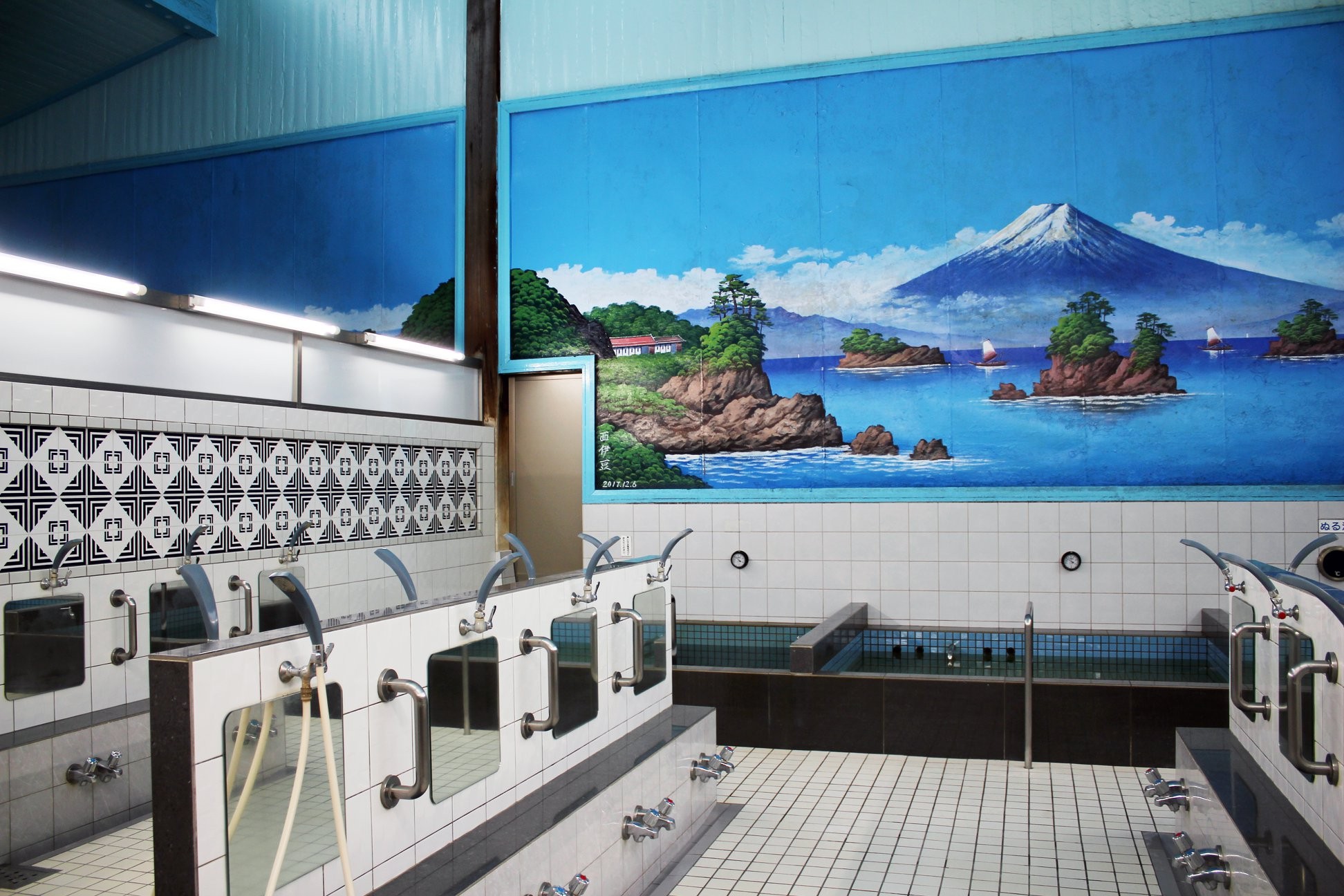
In the days when there were no bathrooms at home, Japanese public baths called 'sento' were places that men and women of all ages would visit every day. At public baths, you can wash away the sweat and fatigue of the day and have fun talking with your neighbors. A cold drink after taking a bath is the best way to end the day. It's simple, but you can feel indescribable happiness.
However, with the increase in the number of households owning a bathroom, there are fewer reasons for people to go to public baths. With that the prosperous era of the past has passed, the pace at which public baths are actually disappearing from the city is faster than expected. In addition to the decrease in the number of customers, the aging of the owners, the absence of heirs, and the soaring management costs are also obvious factors. Even Tokyo has the most public baths among 47 prefectures, the number of public baths in Tokyo has fallen to less than 500 according to statistics from July 2022.
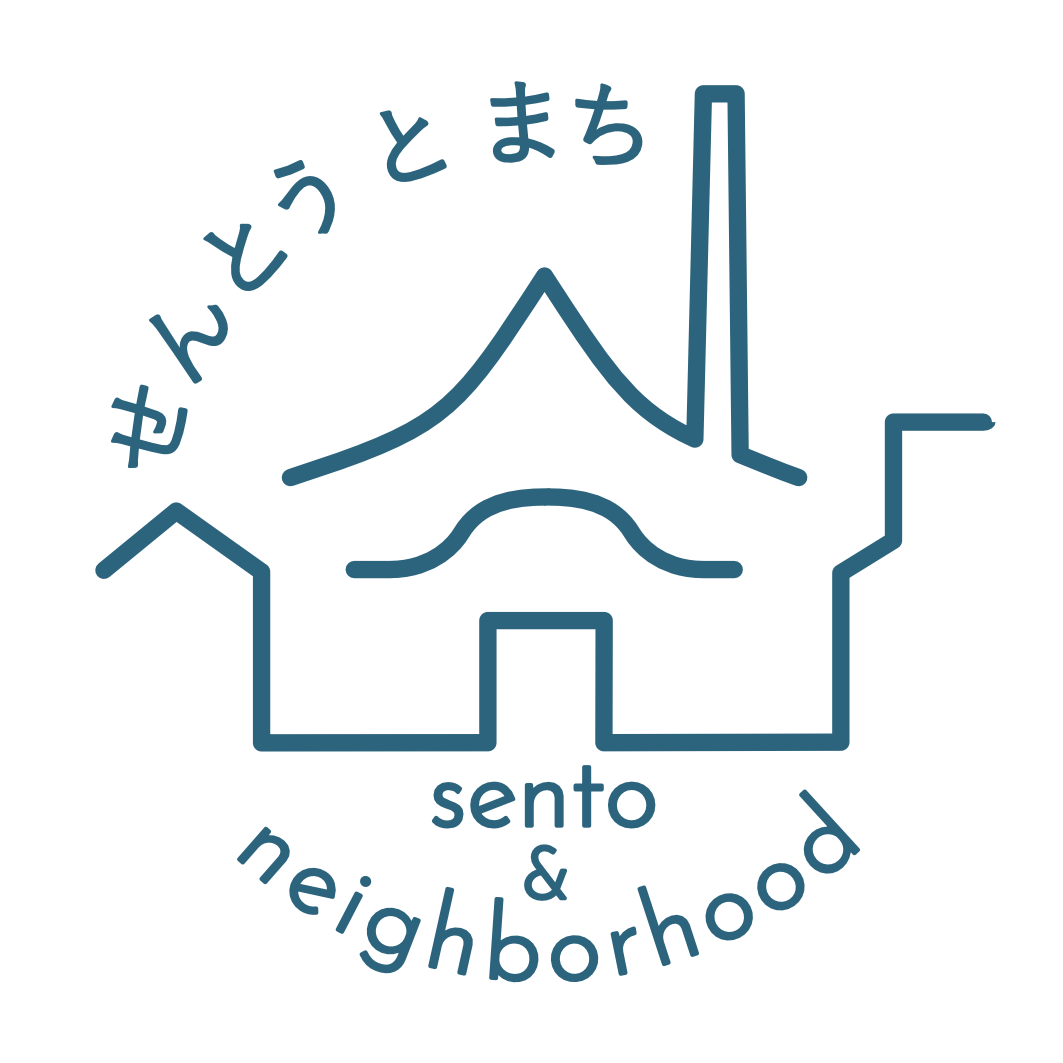
On the other hand, in recent years, thanks to movies, dramas, and art works, there has been a public bath boom in Japan. As a result, an increasing number of young people are working hard to preserve sento culture. One example is the "Sento & Neighborhood General Incorporated Association".
An encounter between a young architect and an old sento
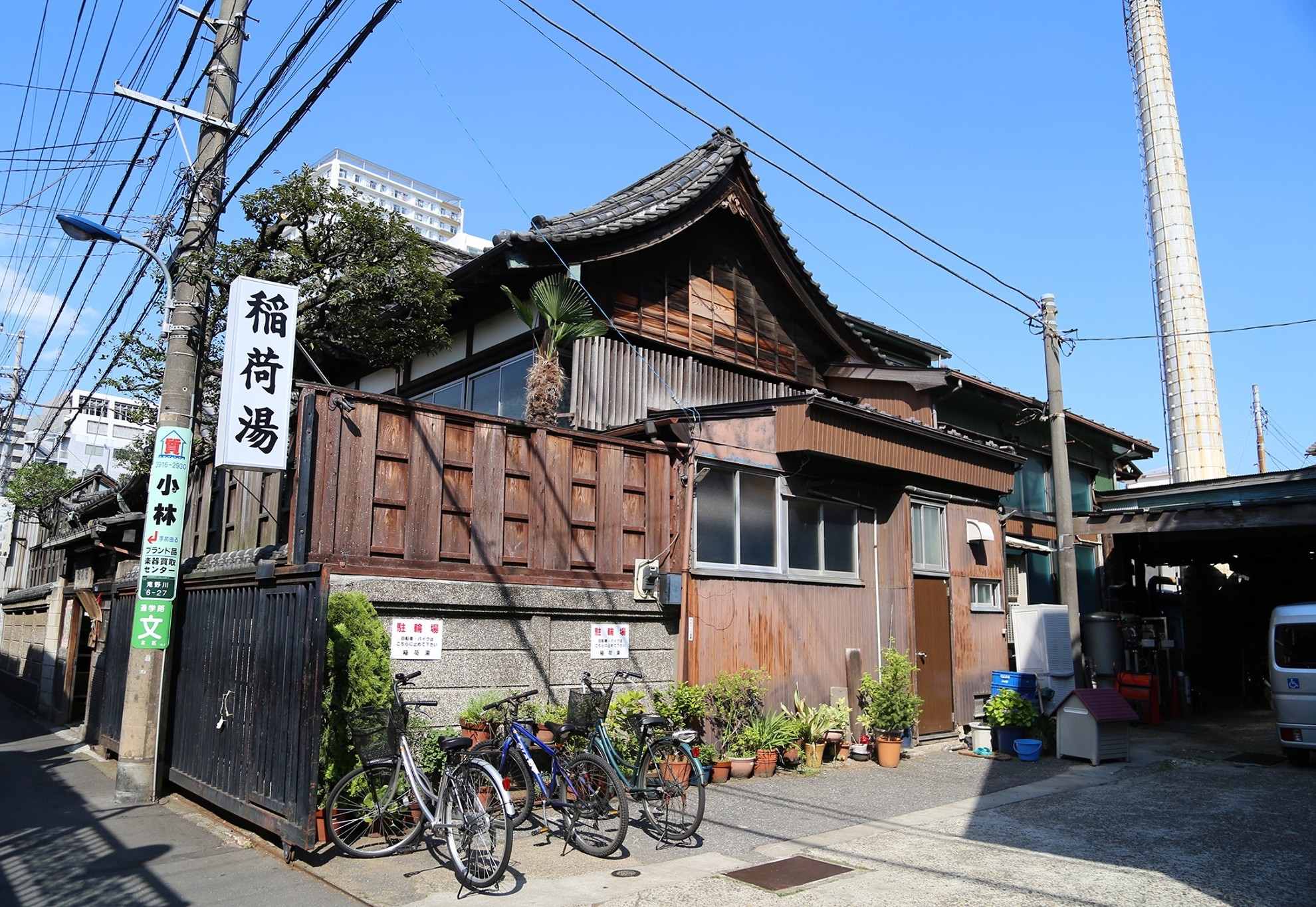
The words "Sento & Neighborhood" in "Sento & Neighborhood General Incorporated Association" (henceforth referred to as Sento & Neighborhood) literally means "public bath" and "neighborhood" which is also the philosophy of this organization. Since the founding in 2020, the organization has been working to preserve sento culture while protecting and deepening the connection between sento and the lifestyle culture of the surrounding neighborhoods. The “Inari-yu” introduced this time is one of their achievements.
In 2018, Haruka Kuryu, Representative Director of Sento & Neighborhood, went for an on-site interview at "Inari-yu". The interview led Kuryu to discuss with the public bath owner. As an architect Kuryu-san decided to launch the Inari-yu Architectural Survey Plan, building a deep bond with Inari-yu.
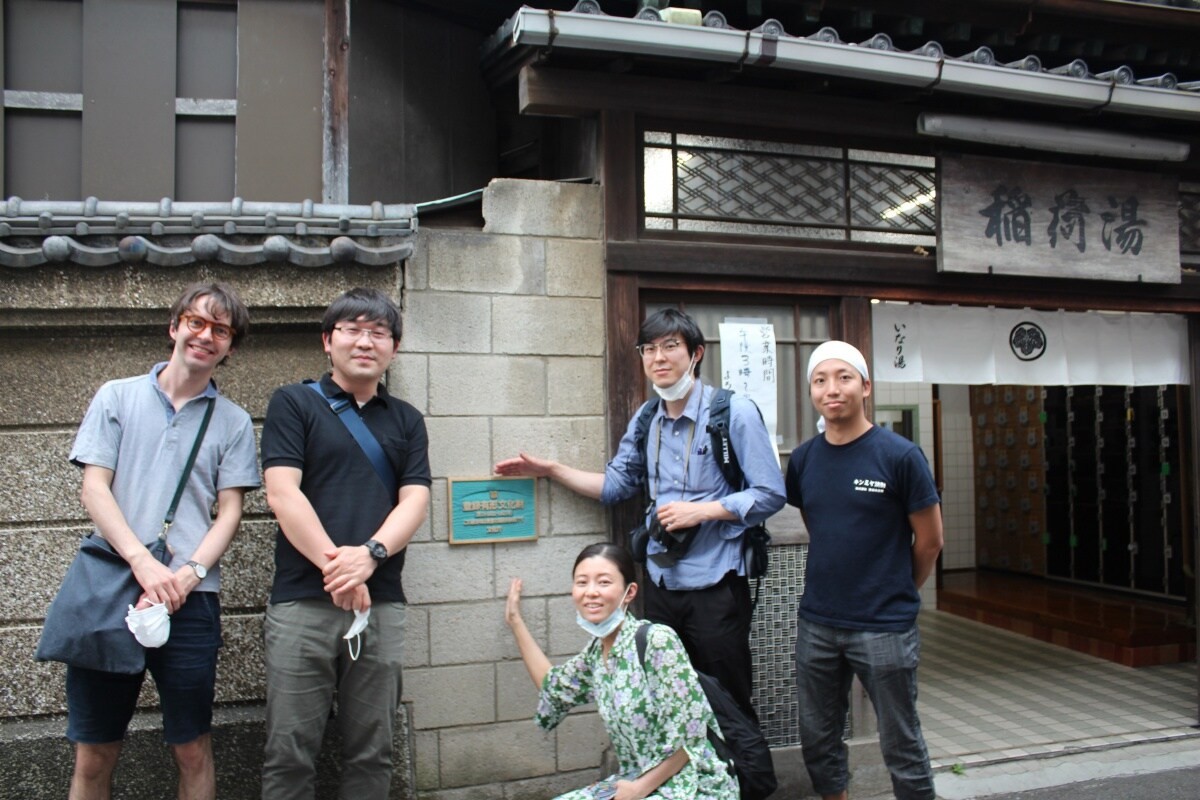
Kuryu-san spent nine months with her colleagues measuring and investigating this building, which has a history of more than 90 years, and clarified its value and importance. After that, together with the owner, she organized the materials related to Inari-yu and applied to the Agency for Cultural Affairs for registration as a registered Tangible Cultural Property. As a result, following "Tsubame-yu" in Ueno Okachimachi, Taito City, it became the second sento in Tokyo to be registered as a Tangible Cultural Property.
After that, the "Inari-yu Restoration & Revitalization Project" was selected for the 2020 watch list of the "World Monuments Fund" in the United States. And with the support of the foundation, it was decided to also launch the restoration of the nagaya next to Inari-yu as well.
"Inari-yu Restoration & Revitalization Project" started!
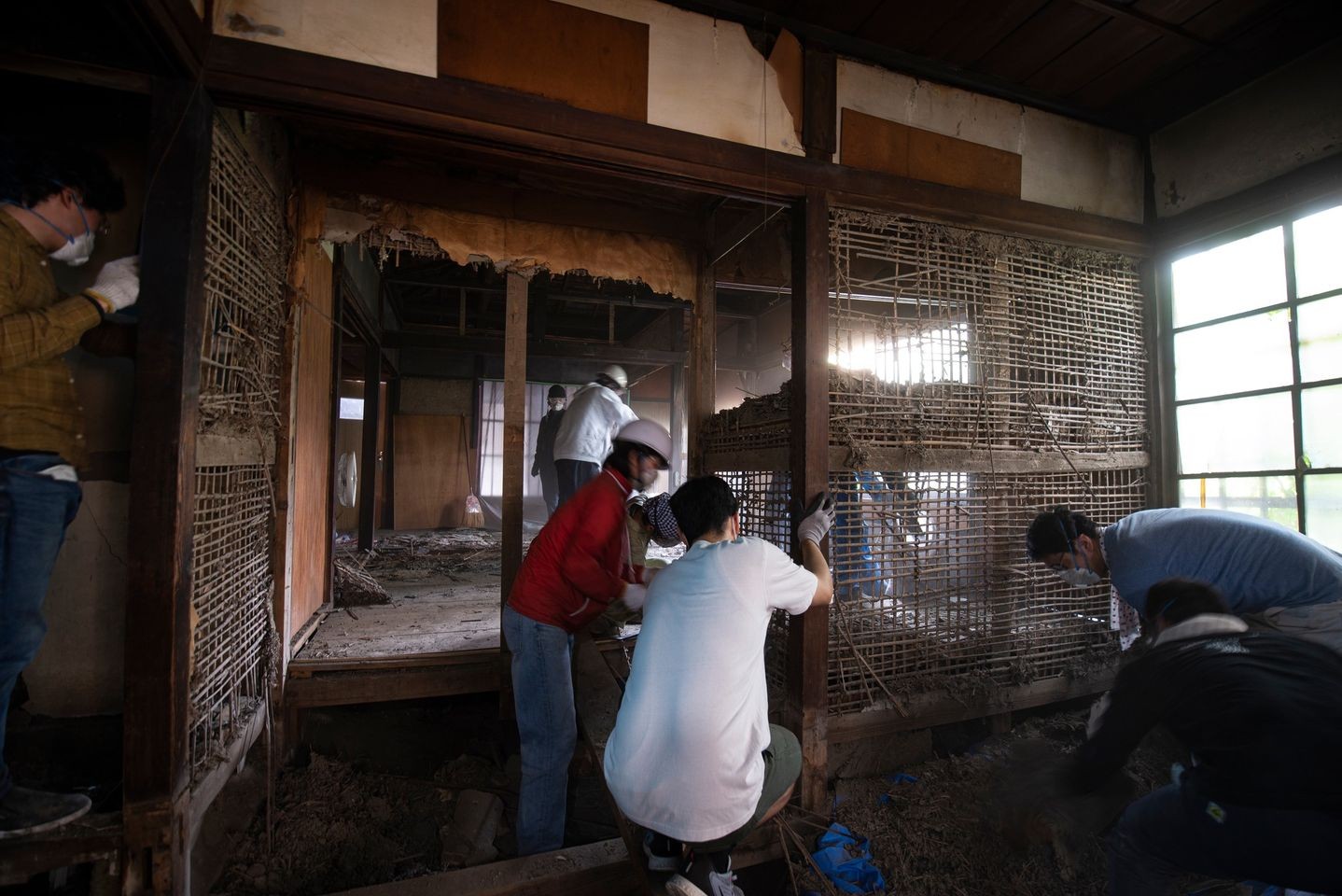
The members of Sento & Neighborhood are not only people from the construction industry, but also “sento enthusiasts” who love public baths. Perhaps for that reason, many devote themselves to rebuilding the sento public baths in their own specialties with a passion that is second to none.
In addition to the restoration work inside the main body of Inari-yu, the contents of the project include exterior restoration and seismic reinforcement work. Another big point is the renovation work on the adjacent nagaya. This nagaya with a history of more than 100 years, relocated from another land nearby, is said to be older than the building of Inari-yu. Through the Sento & Neighborhood's project, this dilapidated nagaya was renovated into a space that creates a new community. Thanks to this, the space for interaction among local residents, which is an important function of sento, has expanded beyond the sento building itself to include this nagaya.
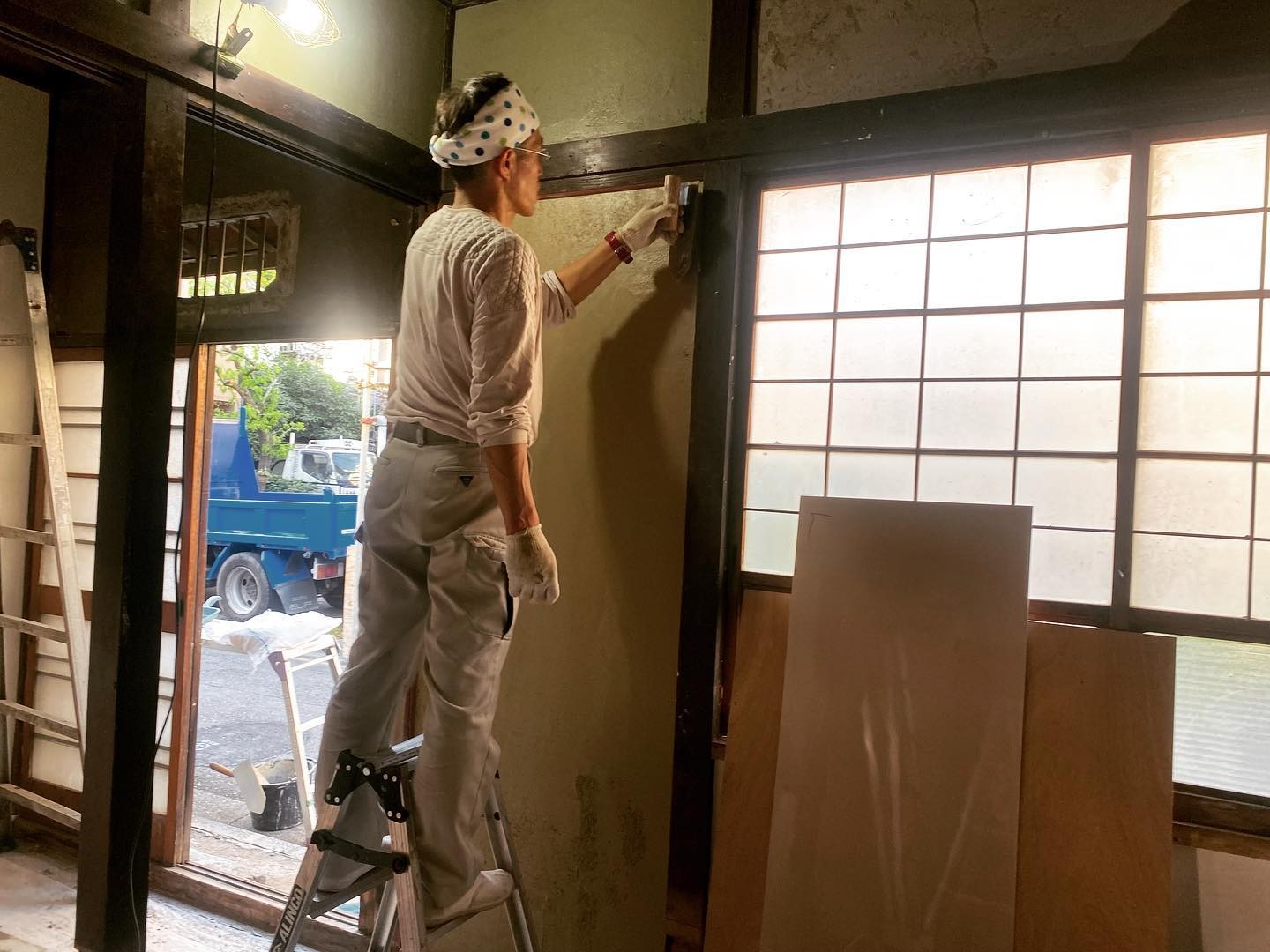
After disposing of a large amount of waste materials, removing the corroded flooring and damaged clay walls, and carrying out the semi-dismantling work to leave the main structural materials of the nagaya, craftsmen familiar with traditional construction methods then took a long time to finish the earth walls, wooden fittings, glass, etc.
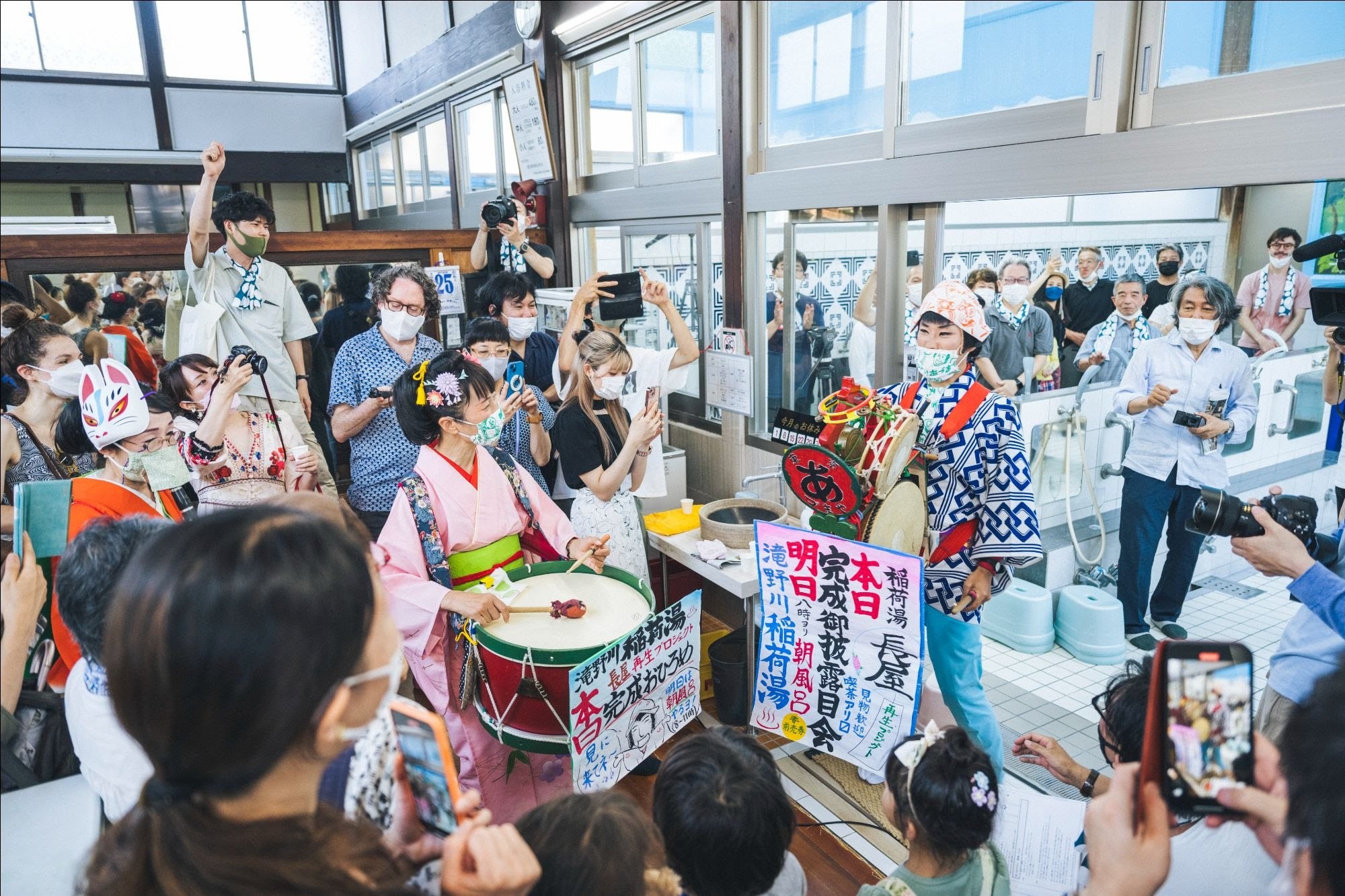
The restoration work of the nagaya was successfully completed after two years. On June 25, 2022, the newly reborn Inari-yu Nagaya was unveiled and a grand opening event was held. Not only parties involved in the project, but also public bath lovers participated in the unveiling party. A toast was held in the bathroom to celebrate the restoration of Inari-yu and the nagaya.
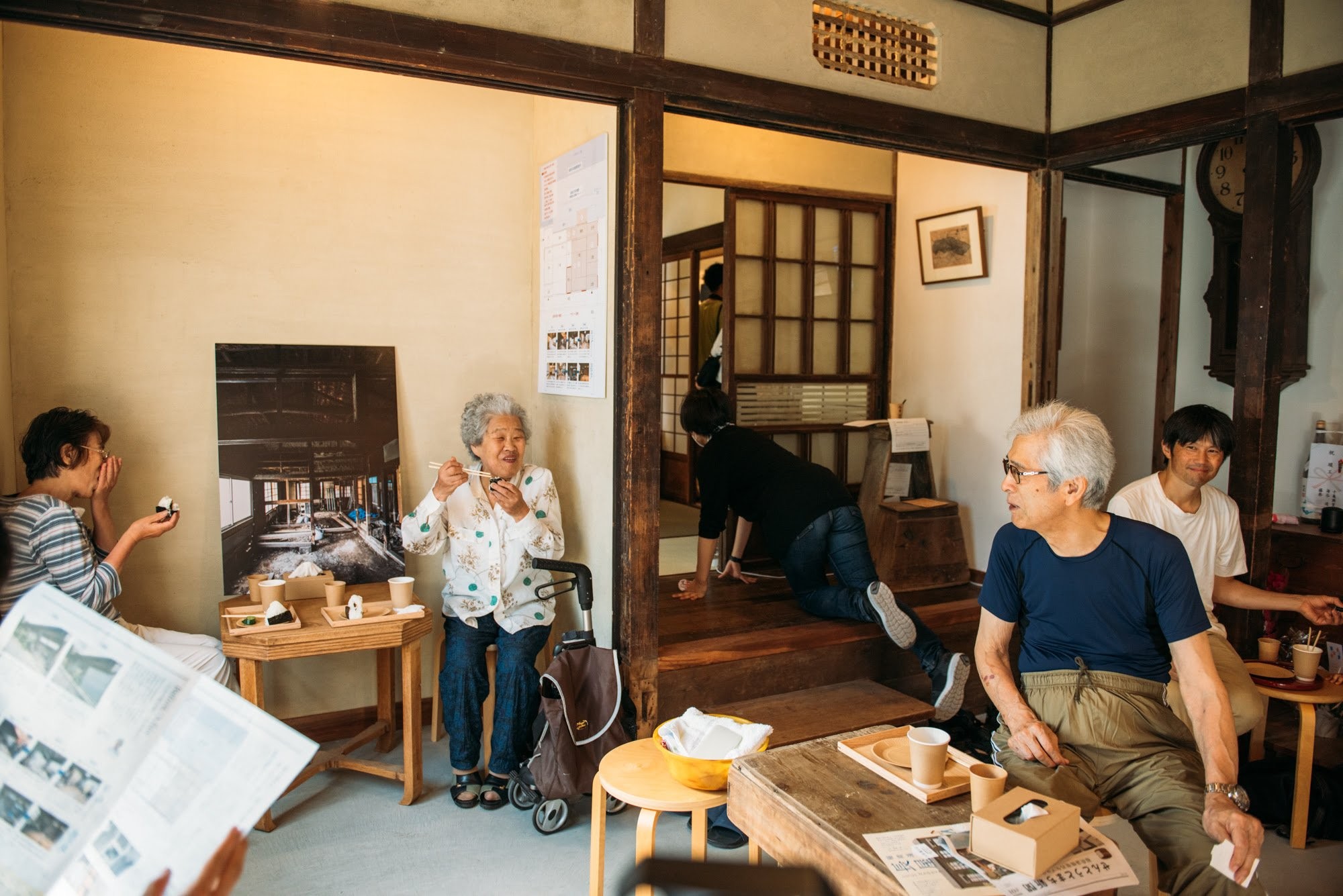
The sento culture preservation project will continue!
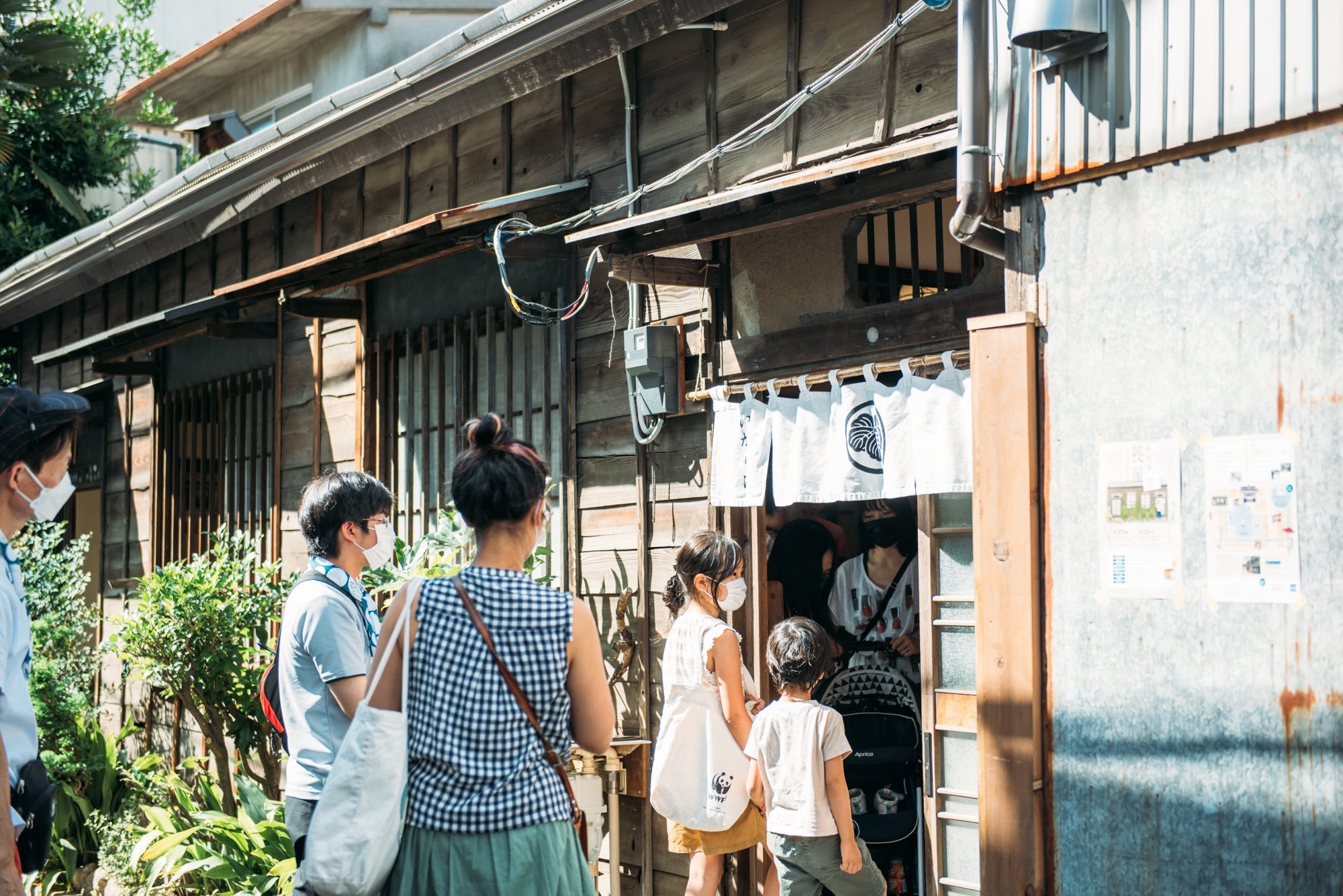
With the opening of Inari-yu Nagaya, the "Inari-yu Restoration & Revitalization Project" has come to an end, but the work of "Sento & Neighborhood" is not over. As it has just launched, the members are currently looking into various management policies for the nagaya. During the pre-opening period in June and July, the nagaya was turned into a cafe space on weekends, whereas various management methods are expected after August. It may take a little more time until the proper use of nagaya takes hold, however, regardless of how it is used, the revitalization of the sento Inari-yu and nagaya surely paves a new path for the preservation of sento culture.
Facility Information
- Name: Takinogawa Inari-yu
- Address: 6-27-14 Takinogawa, Kita City, Tokyo
- Access: About 6 minutes on foot from Toei Mita Line "Nishi-Sugamo Station" and JR Saikyo Line "Itabashi Station"
- Business hours: 15:00 - 24:30
- Closed: Wednesday
- Bathing fee: 500 yen (12 years old and over), 200 yen (between 6 and 11 years old), 100 yen (under 6 years old)
Related Article:【Japanese Culture】 About the Japanese "sento" where you take a bath with everyone
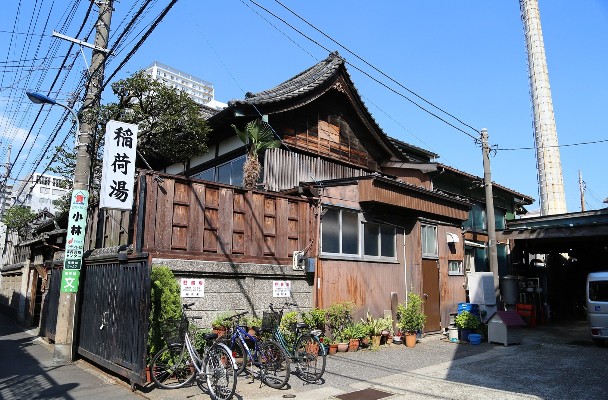
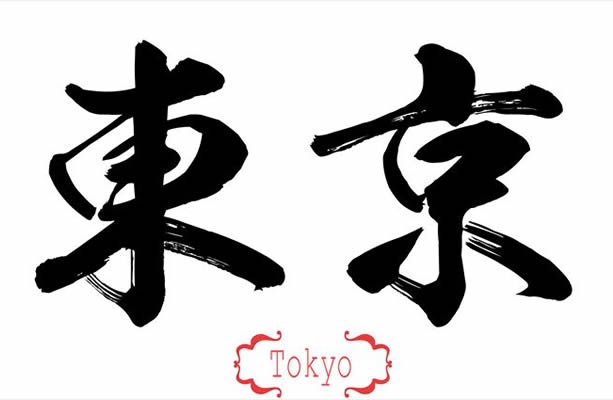
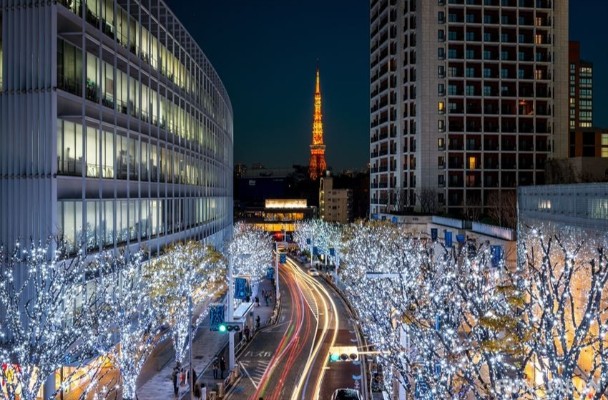
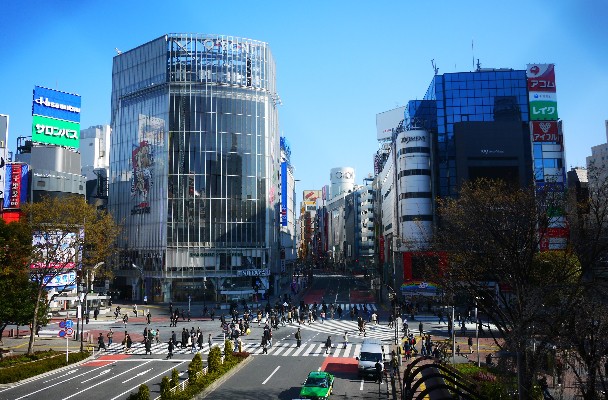
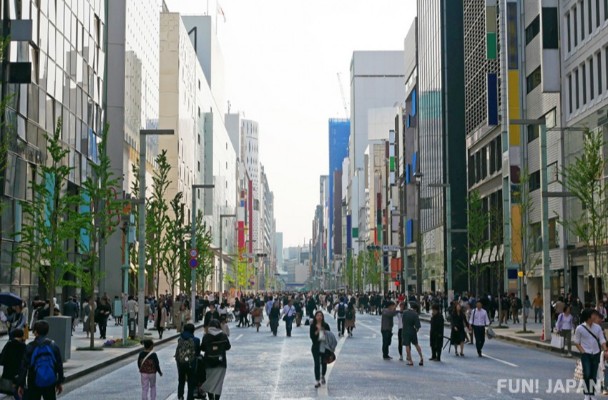
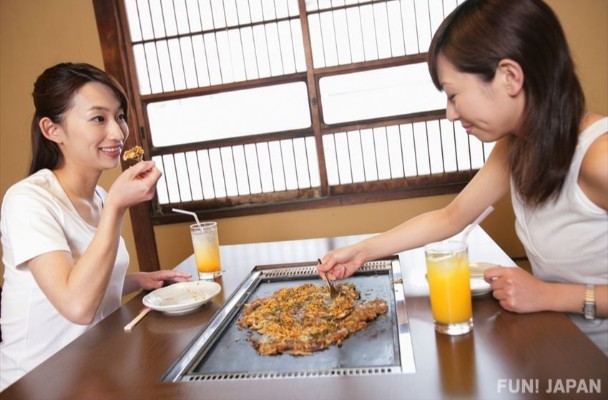

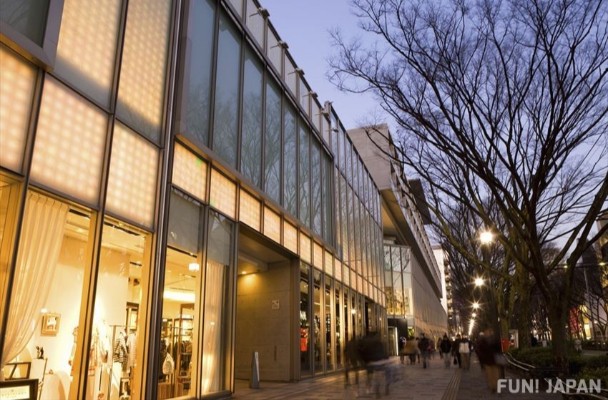
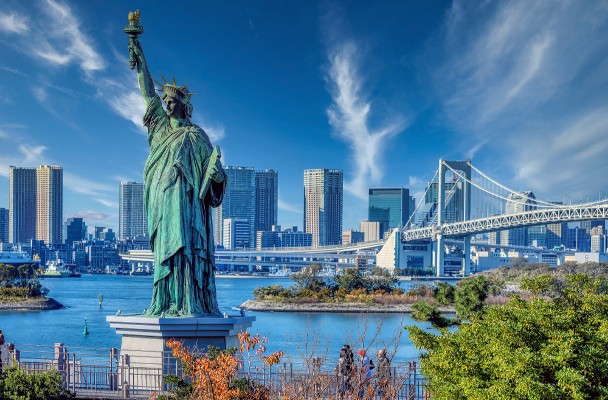
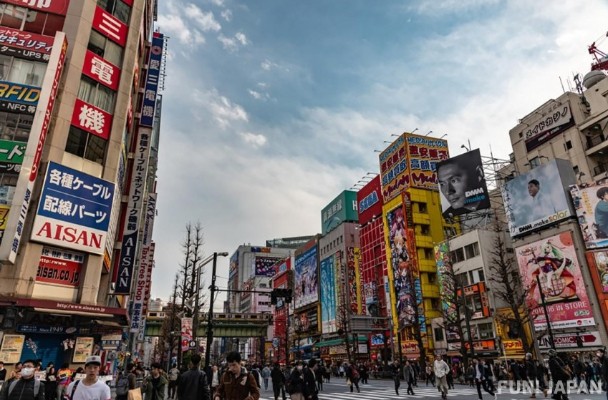
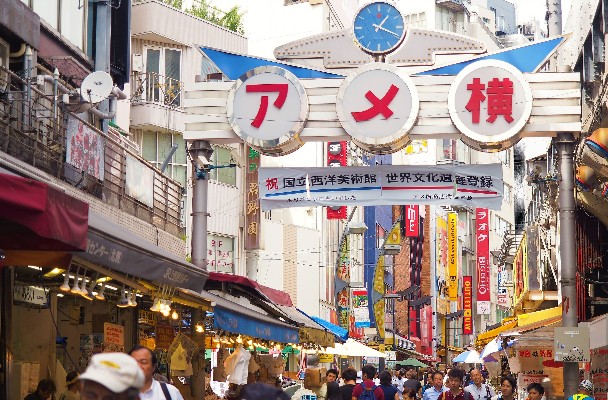
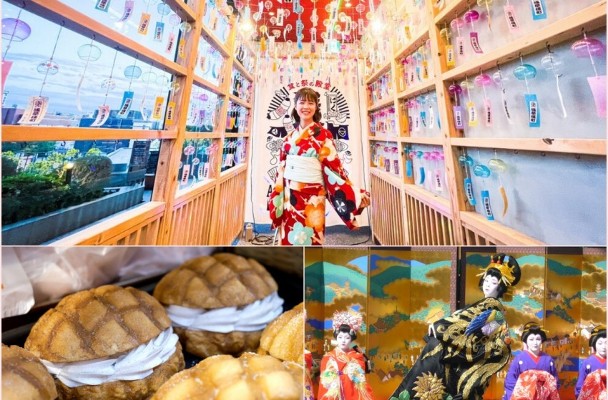
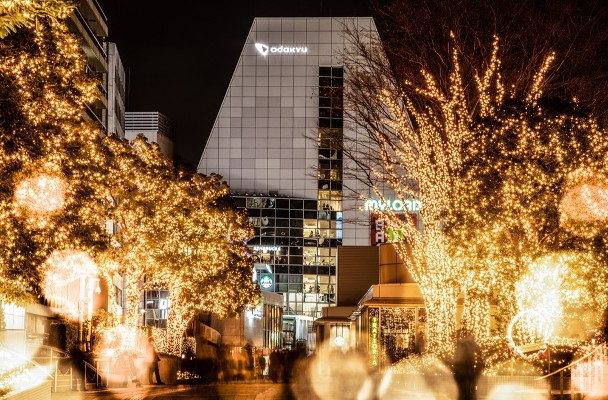
Comments